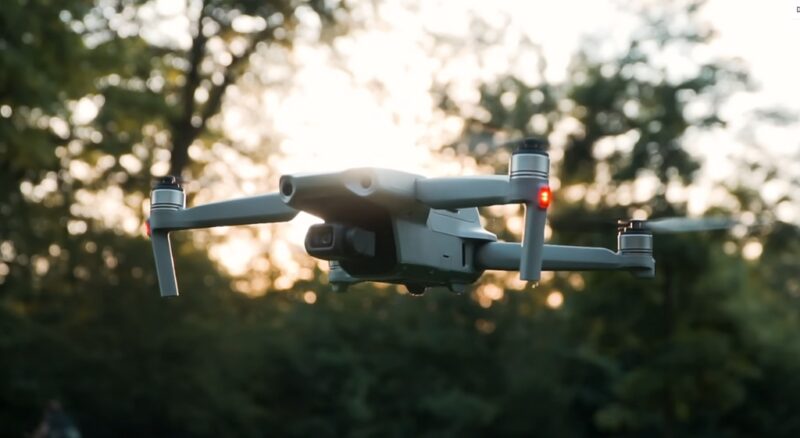Drones have revolutionized the way we capture the beauty of nature, offering new perspectives and breathtaking views. Whether you’re a seasoned videographer or just starting, drone videos provide an exciting way to showcase the natural world.
This blog post explores fifteen essential tips for shooting and editing drone videos of nature, ensuring your footage stands out in quality and creativity.
From knowing your drone’s capabilities to the nuances of post-production, these tips will guide you through creating professional-looking videos. Let’s begin.
1. Know Your Drone Inside Out
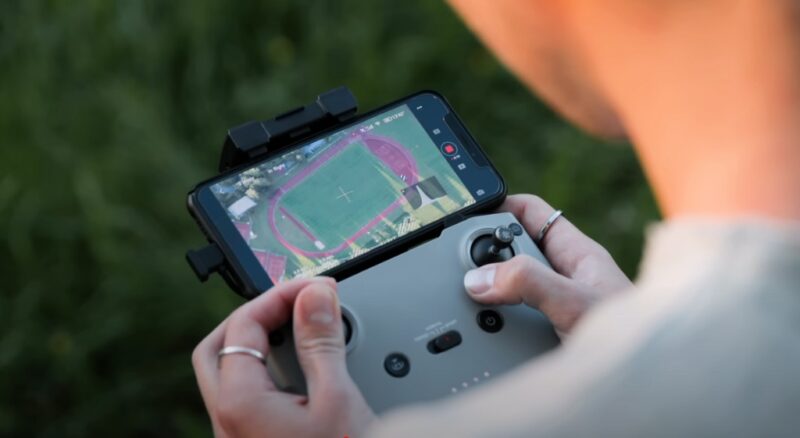
Before you start the flight, it’s crucial to be aware of how your drone operates.
Familiarize yourself with its flight time, range, camera specifications, and how it handles different weather conditions. This knowledge will be your foundation for capturing the best footage.
Practice Makes Perfect:
Regular practice sessions are key to mastering drone flying. Spend time learning how to maneuver your drone smoothly to achieve those seamless, cinematic shots. Experiment with different flight modes and settings to see what works best for different types of landscapes.
2. Plan Your Shots
Effective planning involves scouting your location beforehand. Use online maps or visit the site to identify potential viewpoints and angles. This step helps in visualizing the shots you want to capture, saving time and battery life during the actual shoot.
Storyboarding
Create a storyboard or shot list. This preparation allows you to have a clear vision of the sequence of shots needed, ensuring a cohesive flow in your video. It’s about being organized but also leaving room for spontaneous, creative shots inspired by the moment.
3. Embrace the Golden Hours
The golden hours, just after sunrise and before sunset, provide the most magical lighting for nature videography. The soft, diffused light enhances colors and adds a warm, inviting tone to your footage.
Avoiding Harsh Shadows
Shooting during these times also avoids the harsh shadows and overexposed spots that can occur during the midday sun. It’s all about capturing nature in its most flattering light.
4. Utilize Different Angles and Perspectives
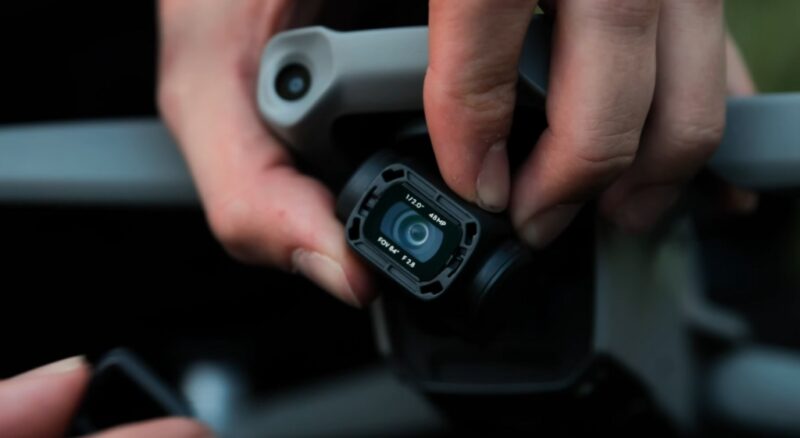
Don’t just stick to high-altitude shots. Mix it up with lower altitudes to provide varied perspectives. This approach helps in showcasing the grandeur of landscapes and the intricate details of natural formations.
Dynamic Movement
Incorporating different angles and movements, like orbiting around a point of interest or slowly rising above a scenic view, adds dynamism and depth to your videos. It’s about creating a narrative through your drone’s lens.
5. Follow the Rule of Thirds
The rule of thirds is a fundamental principle in photography and videography. Imagine your frame divided into nine equal segments by two vertical and two horizontal lines. Placing points of interest along these lines or their intersections creates a more balanced, visually pleasing composition.
Enhancing Visual Interest
This technique helps guide the viewer’s eye through the frame, creating a more engaging and professional-looking video. It’s not just about capturing a scene; it’s about composing it artistically.
6. Be Mindful of Weather and Wind Conditions
Always check the weather forecast before a shoot. Not only does weather affect lighting, but strong winds can also impact your drone’s stability and battery life.
Understanding Wind Limits
Be aware of your drone’s wind resistance capabilities. Flying in conditions that exceed these limits can lead to loss of control and potential damage. Safety first – always.
7. Smooth and Steady Wins the Race
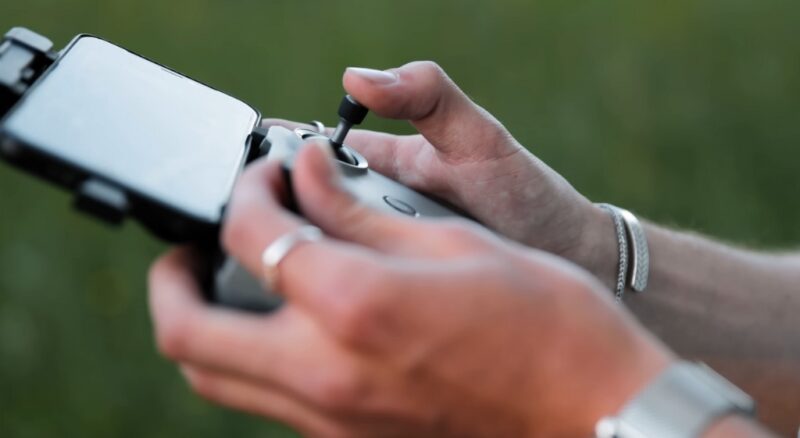
Achieve cinematic quality by ensuring your drone movements are smooth and steady. Abrupt changes in direction or speed can disrupt the flow of your video. Practice fluid, controlled motions for the best results.
Using Gimbal and Stabilization Features
Utilize your drone’s gimbal and stabilization features to reduce shakiness. These tools are essential for producing professional, high-quality footage.
8. Edit for Impact
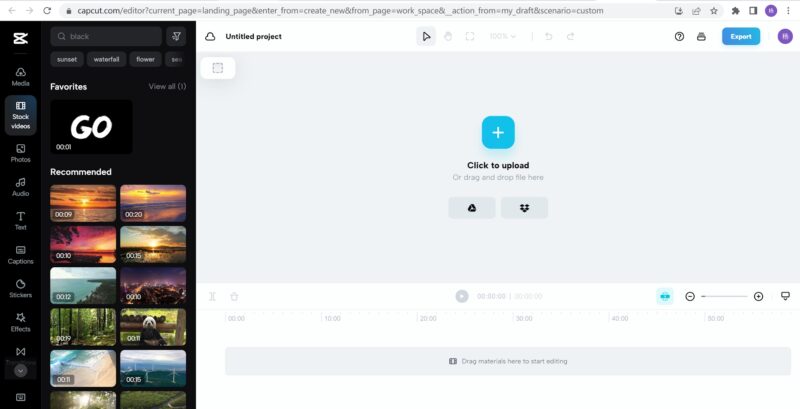
Pick a tool that suits your skill level and needs. There are a variety of programs you can go to, so choose carefully.
Going for a more hassle-free solution is a good choice, and an online tool such as creative suite can speed up the editing process. The fact that you don’t have to bother with installation and just go straight to the website speaks volumes about its accessibility.
Telling a Story
Editing is where you bring your story to life. Keep your audience engaged by cutting out redundant footage, adding music that complements the mood, and ensuring a rhythmic flow between shots. Remember, less is often more.
9. Leverage Post-Production Techniques
Post-production isn’t just about cutting and joining clips. It’s an art form where you can correct minor issues, enhance colors, and add effects that transform good footage into great.
Learning Advanced Techniques
Explore techniques like speed ramping for dramatic effect, color correction for consistency, and sound design to complement your visuals. These elements, when used skillfully, can significantly elevate the overall impact of your drone videos.
We recommend using an online tool, such as a free video compressor, to save storage space. The great part is you can do this without sacrificing the quality of your video.
10. Color Grading for Mood
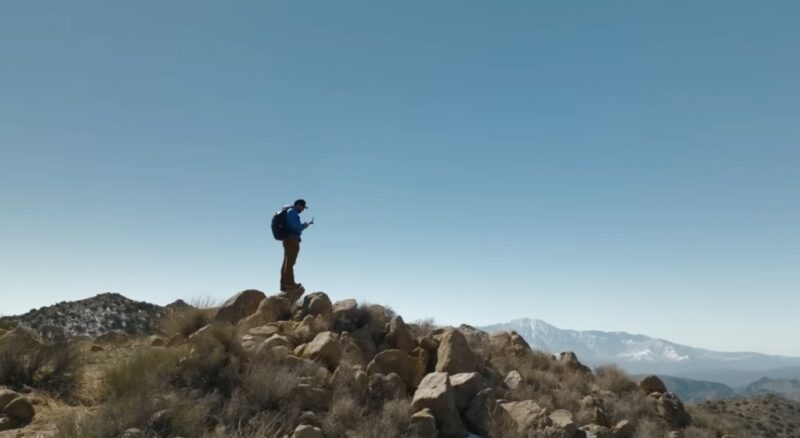
Color grading tweaks and enhances your video’s colors, setting the right mood and making it more visually and emotionally engaging.
Maintaining Natural Beauty
While color grading, keep the natural beauty of the landscape in mind. Avoid over-saturation or dramatic color shifts that stray too far from reality. The goal is to enhance, not overpower.
11. Respect Wildlife and Natural Habitats
When filming in natural environments, it’s crucial to respect wildlife and their habitats. Avoid flying too close to animals, as drones can be disruptive or even harmful. Your goal should be to capture nature’s beauty without interfering with it.
Environmental Awareness
Understand and adhere to local regulations regarding drone flights in natural areas. This respect not only ensures the safety of wildlife but also helps in preserving these spaces for future generations. Responsible filming is as important as the footage you capture.
12. Use ND Filters for Better Exposure Control
Neutral Density (ND) filters are like sunglasses for your drone camera. They reduce the amount of light entering the lens, allowing for better control over the camera’s exposure in bright conditions.
Choosing the Right Filter
Selecting the right ND filter depends on the brightness of the day and the look you’re going for. These filters help in achieving a more balanced exposure and can add a professional polish to your footage, especially when dealing with challenging lighting conditions.
13. Keep a Check on Battery and Storage
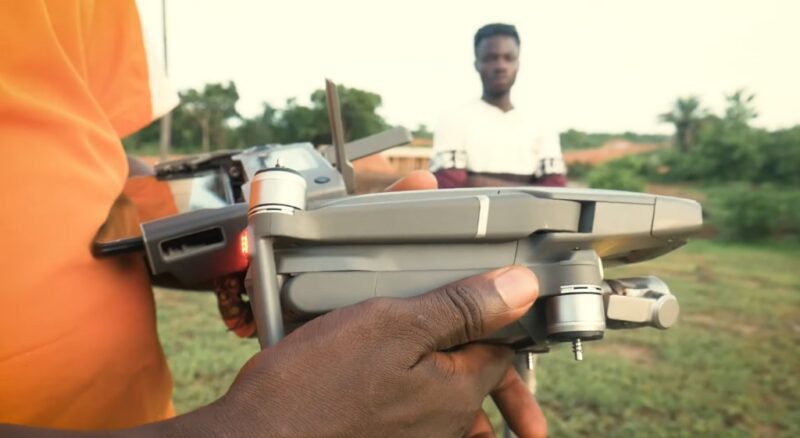
Be mindful of the drone’s battery life. Running out of battery mid-flight, especially in remote locations, can be disastrous. Carrying spare batteries and planning your shoots around battery capacity are essential practices.
Adequate Storage
High-quality drone footage requires ample storage. Ensure you have enough memory cards and regularly transfer files to avoid running out of space. It’s better to have more storage than you think you’ll need than to miss a perfect shot due to a full memory card.
14. Incorporate Natural Sound
Adding natural sound recordings to your drone footage can greatly enhance the viewer’s experience. The sound of waves, wind, birds, or rustling leaves brings an additional layer of immersion to your videos.
Balancing Sound and Music
While music can set the mood, natural sounds anchor your footage in reality. Striking the right balance between music and natural audio can make your video more engaging and emotionally resonant.
15. Stay Updated and Keep Learning
The world of drone technology and videography is constantly evolving. Stay updated with the latest trends, techniques, and regulations. This continuous learning process will help you improve and adapt your skills.
Joining Communities
Sign up on online forums, social media groups, or local clubs where you can share experiences, learn from others, and even collaborate. Being part of a community will open you to new opportunities and insights.
Final Words
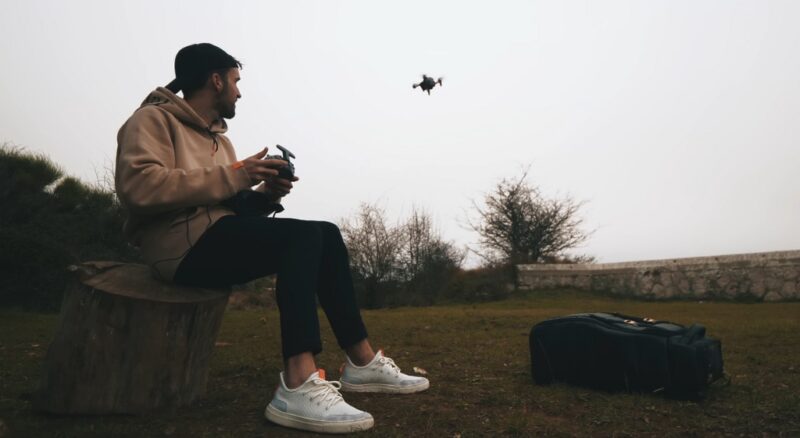
Drone videography offers a creative way to capture excellent footage of nature. Follow these tips, and you’ll be on your way to creating some fantastic footage.
Every flight is a chance to improve and innovate. Keep exploring, keep experimenting, and let your creativity work its magic.


